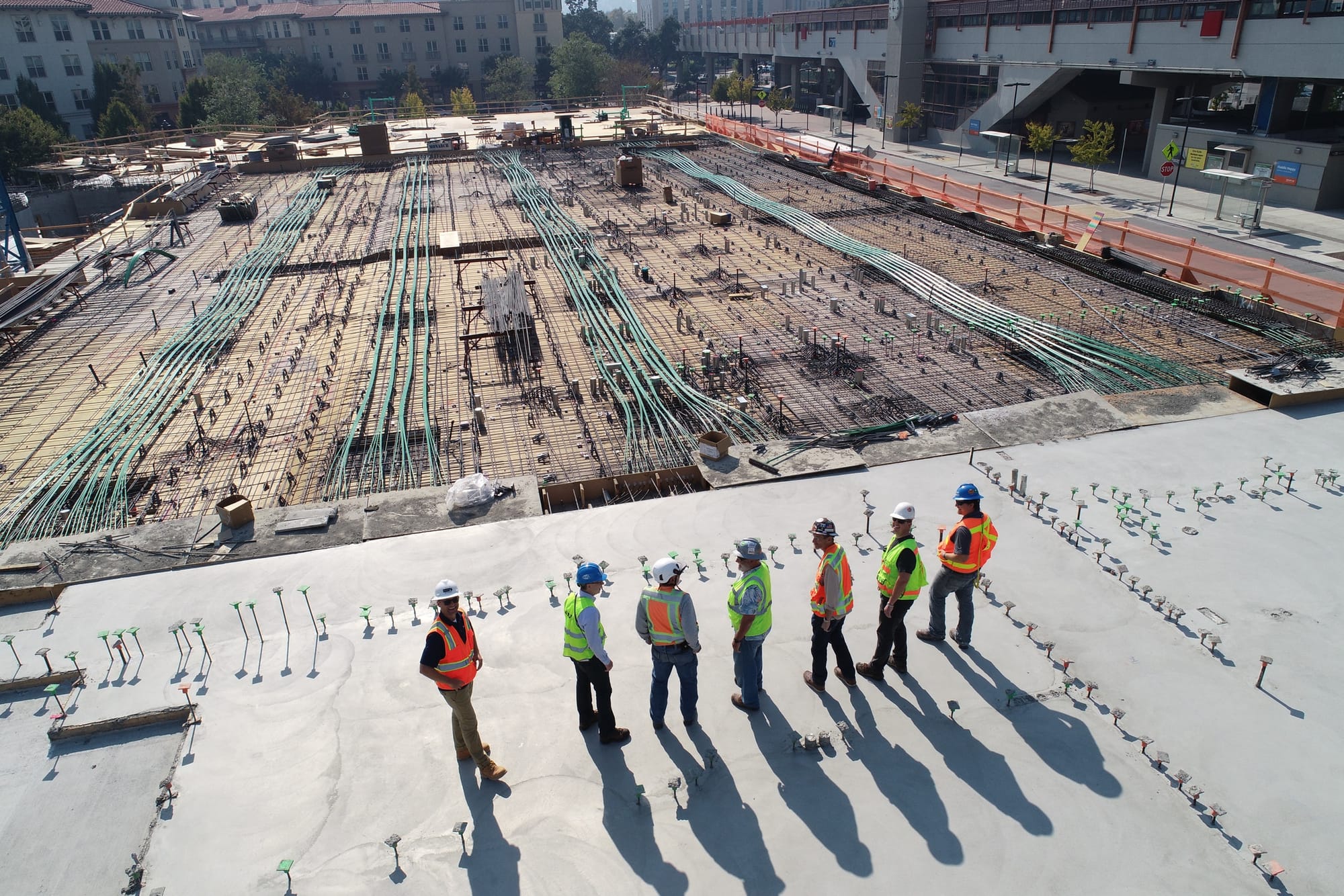Occupational Safety Administrators

Ladders: An Essential Tool in Occupational Safety and Their Need for Routine Professional Inspections and Repairs
Safety in the workplace is of paramount importance and falls within the responsibilities of several professional roles, including, but not limited to, Safety Managers, Health and Safety Officers, Safety Directors, Environmental Health and Safety Coordinators, and Safety Supervisors. Every professional within this field understands the significance of routine inspections and the repair of the tools used daily, particularly ladders, one of the most frequently used tools across various industries.
As Workplace Safety Specialists, or Occupational Health and Safety Specialists, or even Industrial Safety Engineers, the ergonomic design and operational capability of a ladder can be the difference between a regular workday and a day marred by workplace accidents. Keeping this equipment in proper working condition is a mandate more than just a requirement.
Safety Inspectors and Safety Compliance Officers have the crucial task of ensuring all safety policies are strictly adhered to, one of which includes routine ladder inspections. It falls on the Construction Safety Manager to make sure that all ladder equipment on a construction site meets safety standards and that employees are trained to use them correctly, to avoid any hazardous incidents.
Safety and Health Consultants, and Safety Coordinators carry a responsibility toward implementing safety strategies that include ladder safety. This might involve developing policies around the frequency of inspections, the procedures for repairing or replacing damaged ladders, and safety training protocols for employees.
Furthermore, those in roles such as the Hazard Control Manager, Director of Environmental, Health, and Safety (EHS), or even the Safety Analyst have to ensure safety regulations are strictly adhered to in their respective industries, including compliance with ladder safety rules. They must collectively work together to implement and improve practices that will reduce ladder-related safety risks to the employees.
Safety Administrators, Chief Safety Officers, Risk and Safety Management Specialists, and Industrial Hygienists also play significant roles in maintaining ladder safety. As a Safety Administrator, overseeing routine inspections, coordinating repair work and liaising with other safety specialists to ensure consistent ladder safety practices is part of one's daily tasks. Industrial Hygienists focus on reducing the health risk of the employees, which includes ensuring the ladder maintenance to avoid accidents that may threaten the health and wellbeing of employees.
Lastly, the Chief Safety Officer and Risk, and Safety Management Specialists have the key responsibility of overall supervision and execution of safety procedures, including those related to ladder maintenance and use. They ensure risk assessments are performed, safety processes established, and proper tools, including ladders, are safely utilized at the workplace.
In conclusion, ladders are a crucial tool across many industries, making the need for professional ladder inspections and repairs a necessity rather than just a requirement. Virtually every role in the safety management field recognizes this fact, reflecting the importance of ladders in maintaining overall workplace safety.


